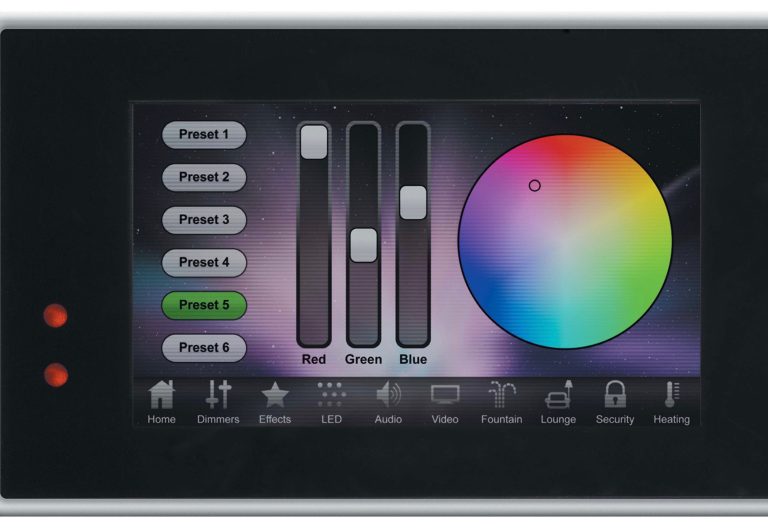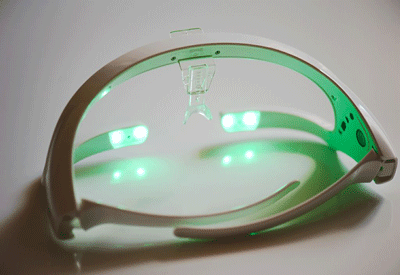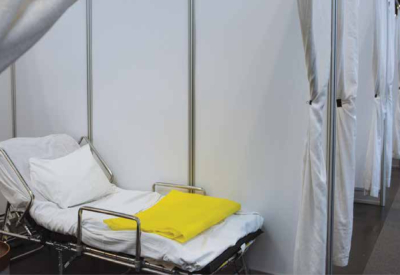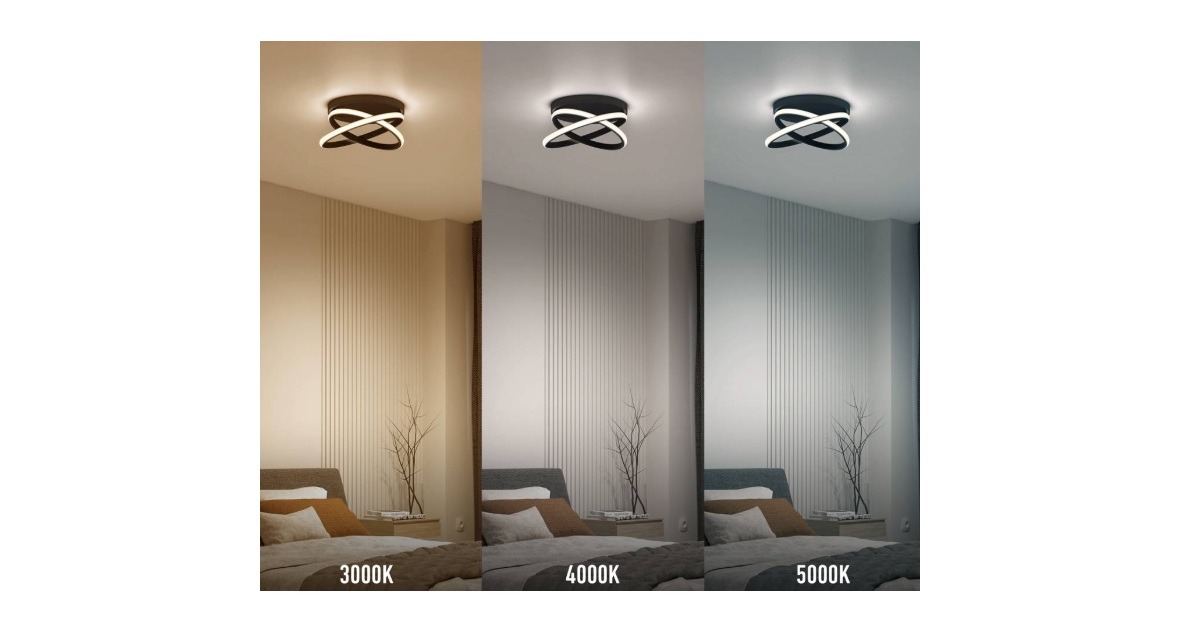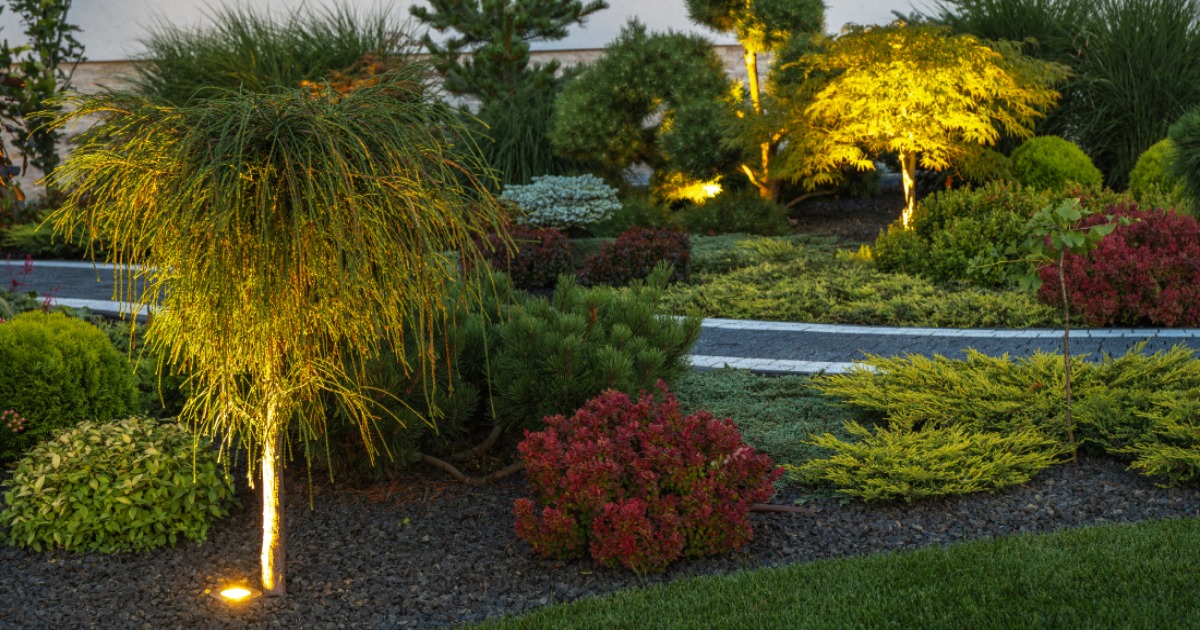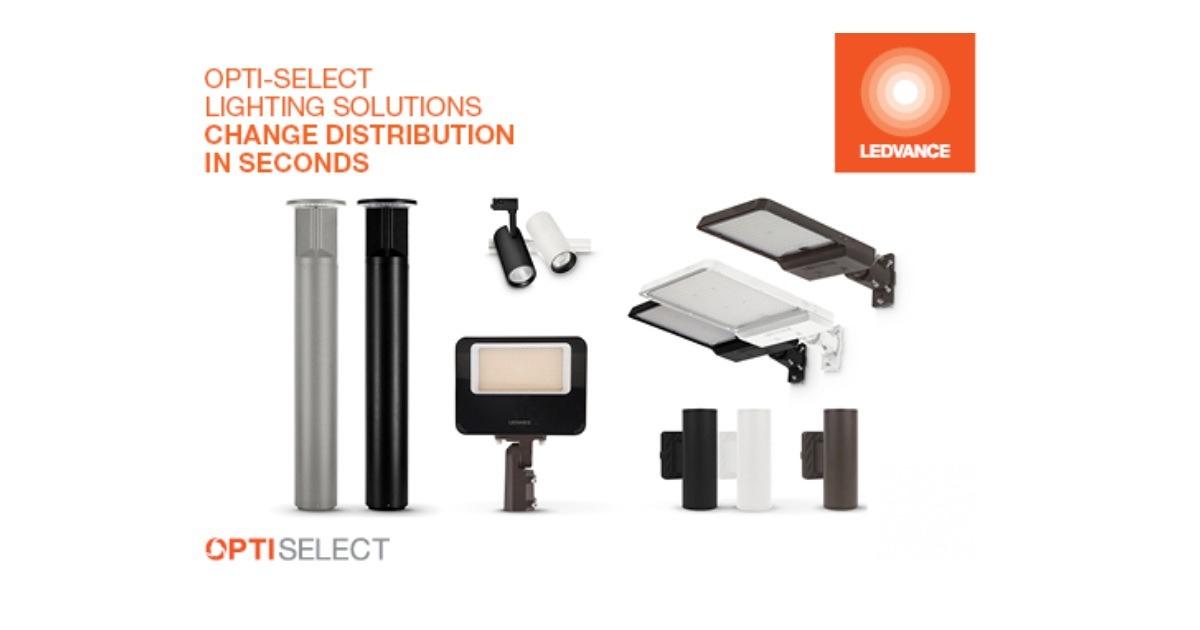Owner Project Requirements
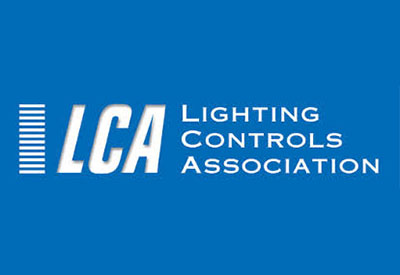
Guest post by C. Webster Marsh
Maybe you are on a rushed project with barely enough time to finalize the drawings. Perhaps you’re being onboarded years after the project began. Maybe you just have a client who won’t respond to your requests for more information. No matter the reason, a project without an Owner Project Requirements (OPR) can present one of the most common and difficult challenges modern designers face today.
According to IES LP-16-22, the Owner Project Requirements is:
A written document that details the functional requirements of a project and the expectations of how it will be used and operated. These include project goals, measurable performance criteria, cost considerations, benchmarks, success criteria, and supporting information.
This document can take on many forms, either in spreadsheet format, straight text, or some other form of writing. The function of this document for a lighting controls designer is to identify everything the Owner wants out of the project so that a Control Intent Narrative (CIN) can be started, using the OPR as a basis. Once the CIN is drafted, a lighting controls designer can then work on their Sequence of Operations (SOO), which will be an essential part of the construction documentation. Therefore, without an OPR the CIN cannot be drafted and without the CIN the SOO cannot be started. Therefore, the OPR is fundamental to the success of the lighting controls design and without it the lighting controls designer will not have the guidance they need.
At the outset of the project, the OPR may be small and vague, identifying local ordinances or code requirements such as power densities, controls criteria, or light pollution restrictions and it may have elevated goals that the Owner has, such as LEED or WELL. When structuring the OPR, it can be helpful to start with this basic information, but by the end of the design process this document should thoroughly outline the goals that the lighting controls designer is expected to deliver on. Examples of goals may be as broad as having a Building Automation System (BAS) that connects to the lighting control system or as detailed as having Bluetooth occupancy sensors embedded in the luminaires. The Owner has wants and needs, and this is their place to state each of them clearly.
Because of the importance of this document, the success of your project may feel doomed if this document does not exist or is too vague to work with. Many designers, contractors, integrators, and manufacturers find themselves in this situation with unclear direction from the Owner or stakeholders. There is an industry impulse to “punt” the design, which means to guess what the highest cost design may be and specify or bid it in the hopes that it will be enough. While this approach may be the only option available for some projects, there are other, more proactive, options available to lighting controls designers.
Here are a few steps you can take to try to get the information you need:
- The very first thing you should try is reaching out to the Owner or stakeholders directly and requesting the information you need. They may simply be busy and not aware of the importance of the OPR document. Sometimes the direct approach will work, but designers aren’t always able to try the direct approach and less direct methods may be necessary, due to the nature of the project. If you are able to connect with the right person or people, see below for some helpful questions to get the conversation started:
- What is the vision for the project: what do they need and want for the project?
- Who are the users of each space, and how will they use these spaces?
- How will the spaces be lighted, including daylighting?
- What are the opportunities, requirements, and expectations for lighting control on the project, including integration with other building systems?
- What external requirements such as codes, standards, and regulations must be followed? Will there be elevated goals, such as LEED or WELL?
- What limitations impose boundaries for the controls design, such as budget?
- For more suggestions and recommendations, check out the Education Express course EE105: Lighting Control System Design, Part 1: Programming.
- If the direct approach doesn’t work, make sure that you have a clear understanding of the overarching project goals. Project types, such as schools, hospitals, or office buildings often have similar goals. Reviewing any press releases or publicly available documentation may provide statements made by stakeholders regarding their vision for the project. By identifying the project goals this way, you can help to fill in some gaps that the OPR would have covered.
- If the project is design-build or has already been bid, the contractors that have been hired may have insights of their own. Talking to a contractor may not always be possible, but there is a lot to be gained from a coordination meeting with the contractors on a project as they stand to lose the most money if they get something wrong or if something gets delayed. Because of this, there is an incentive for a contractor to make sure documentation is thorough, accurate, and timely.
- Reach out to other designers who may have a better understanding of the project. This could include the architect, engineer, or other consultants on the project. It’s possible that someone else has the information you’re seeking or can connect you with the right person to answer your questions.
- Ask for all existing documentation for the project. Depending on the size of the project, it may take some time to weed through everything, but you may find helpful information in documents from a different designer or scope. Some projects have been in progress for years with multiple revisions or phases. Looking at documents from previous designs or phases may give you insight into the mind of the Owner and what has been tried already.
- Try to find OPRs or construction documents for similar projects. Again, similar projects can often share common goals, requirements, or designs. Looking through archived documents may provide additional information otherwise not available.
- If this project involves a well-known Owner or an existing building or campus, there are probably vendors who have worked with the Owner in the past. College campuses are a great example of places where multiple vendors will have experience working on projects. Find out which local vendors may have worked on previous projects and ask them if they have any advice for upcoming projects. This has the dual benefit of giving vendors the opportunity to talk about their products while simultaneously giving you some insider knowledge. The vendor may even connect you with someone involved in the project who knows the Owner’s expectations.
- If all else fails, you can always create your own draft of the information you need, making some educated guesses for what the choices are, and send it to the team for discussion. While it may not yield a response other than “yeah, looks good” you will at least have an approved document you can refer to during the design process and revise as needed.
Owner Project Requirements (OPR) are one of the most valuable documents to a project’s success, and yet they are oftentimes the hardest to find on a project. Nevertheless, whether an OPR exists or not, the lighting controls designer has an obligation to identify the Owner’s goals for the project and specify a system that meets those goals. There are plenty of ways to find out the goals of a project, but hopefully this short list will give you some guidance when faced with the difficult responsibility of designing a system without an OPR. For more help on your projects, check out the following:
Education Express course EE105: Lighting Control System Design, Part 1: Programming
IES LP-6-20 Lighting Control Systems – Properties, Selection and Specification
IES LP-16-22 Documenting Control Intent Narratives and Sequences of Operations
IES LP-8-20 The Commissioning Process Applied to Lighting and Control Systems

